|
As far as I know, there isn’t a list of ‘Great Wonders of the Northeast’ but if there were, the annual display of alpine wildflowers in the Presidential Range of New Hampshire’s White Mountains would be one of them. I look forward to this event each year in the way some folks look forward to fireworks displays on the Fourth of July, and I hope you too will experience this brief but fantastic spectacle. Although common in arctic and subarctic latitudes, in New England these plants, many of them rare or endangered in the eastern United States, only grow in the elevation-induced near-arctic conditions above 4,500 feet (on average). Because the growing season is so short and the weather so extreme, the plants tend to blossom all at once and in great array, carpeting the thin, rocky soils in a brilliant palette. Although you can see some of these plants at other New England alpine areas (most notably Mt. Marcy in NY, Mt. Mansfield in VT, Katahdin in ME, Moosilauke and Franconia Ridge in NH) at 7 square miles the Presidential Range is the by far the largest alpine zone in the northeast United States and has the greatest diversity of alpine flora. The best place to see the alpine wildflowers are along the Crawford Path from Mt. Eisenhower through Lakes of the Clouds, the Alpine Garden on the east face of Mt. Washington, the "Monticello Lawn" between Mt. Clay and the summit of Mt. Jefferson, the Edmonds Col area between Mount Jefferson and Mount Adams, and the flats around Star Lake below Mount Adams. The best time to see the display is late May through early June (peak bloom fluctuates from year to year) but some flowers tend to peak sooner and some later. The showiest early blooms include the white Diapensia, also known as the "Pincushion Plant" (Diapensia lapponica) and pink Alpine Azalea (Kalmia procumbens), both of which grow in low, ground-hugging cushion-like clusters to better hold to thin soils and withstand the desiccating subzero winters, along with somewhat stouter lavender-colored Lapland Rosebay (Rhododendron lapponicum). Later, look for Labrador Tea (Rhododendron tomentosum), a small shrub with showy white blossoms and leaves with fuzzy undersides), and in late June the sunny yellow Mountain Avens (Geum peckii), pinkish-white Mountain Cranberry (Vaccinium vitis-idaea) and delicately-leafed yellow Dwarf Cinquefoil (Potentilla robbinsiana). Alongside these blooms, you'll also see creeping alpine willows and birches, and the famous and locally rare Bigelow Sedge, (Carex bigelowii) which passes for grass in the alpine zone. All of these plants lead fragile and tenuous lives due to the extreme growing conditions and short seasons of the alpine zone. That being the case, when visiting the alpine zone it’s extremely important to stay on the marked trails and step only on rocks so that you won't trample the rare plants (even plants that look like ordinary grass may be endangered species in the alpine zone) so that this great spectacle will continue to amaze in the years to come. Sadly, each year I witness far too many people who are ignorant of the fragile nature of these rare plants (or who know but don't care). Trails in the alpine zone are often marked with lines of rocks on either side of the path to keep hikers from destroying the rare vegetation--please do the right thing and stay between the lines. Trust me, there is plenty of fine viewing right from the trail.
0 Comments
Leave a Reply. |
TOPICS
All
Humor (The Parsnip)

|
Proudly powered by Weebly
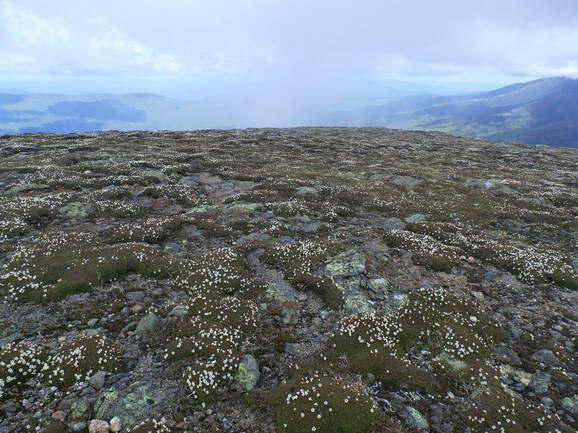
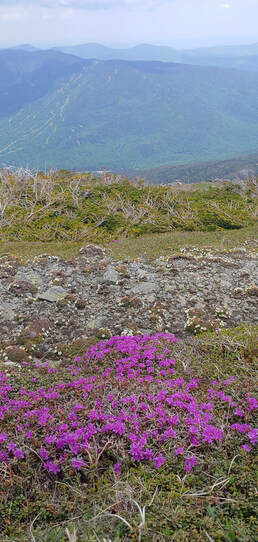
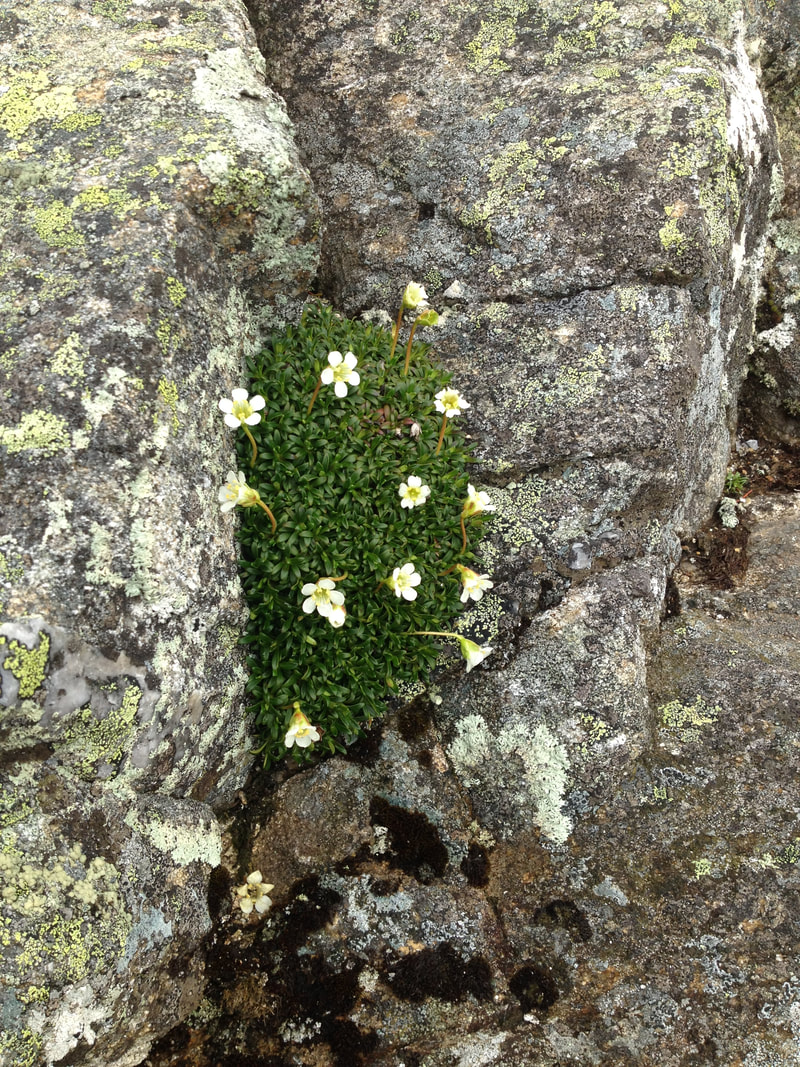
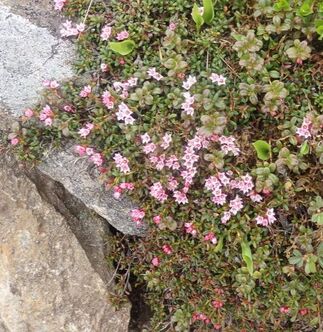
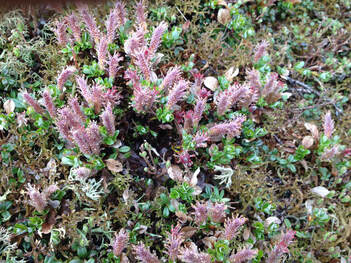
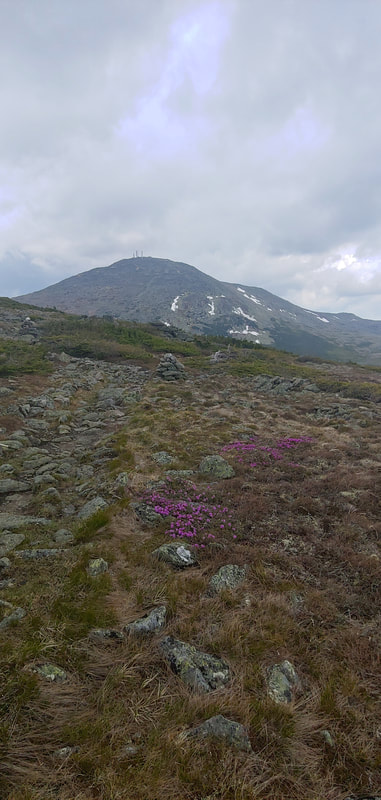
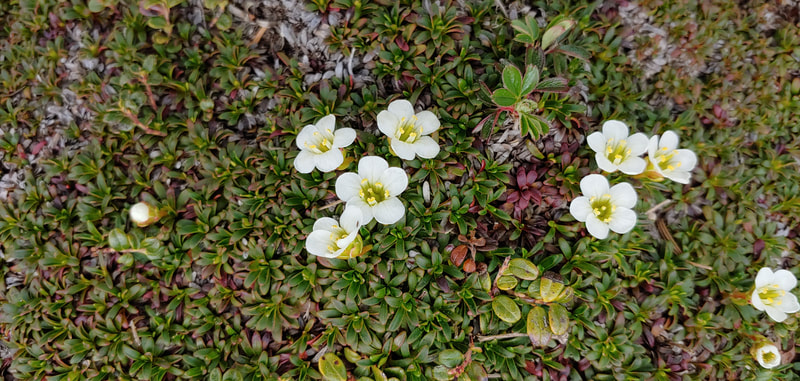
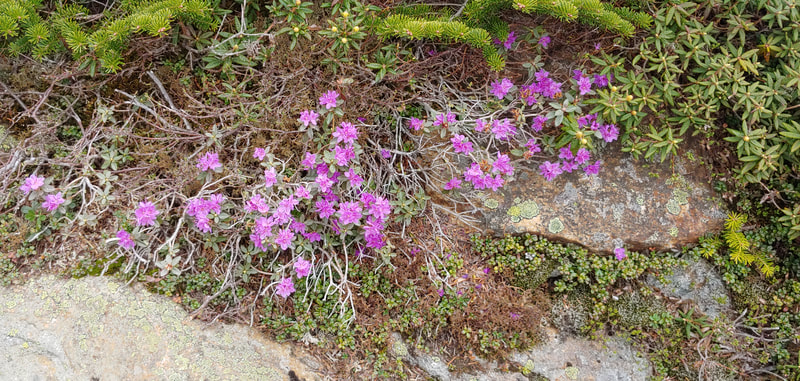
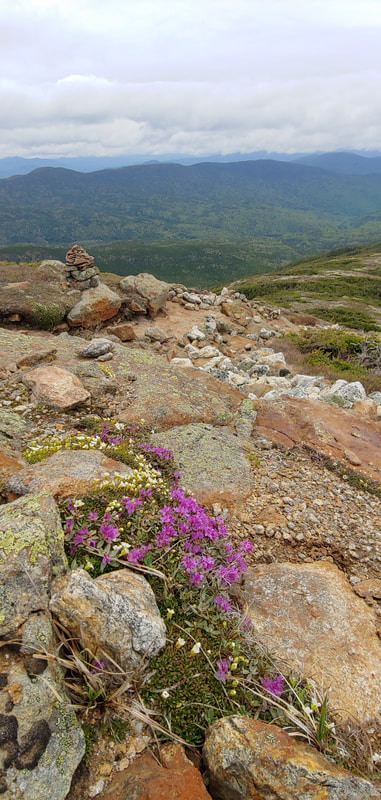
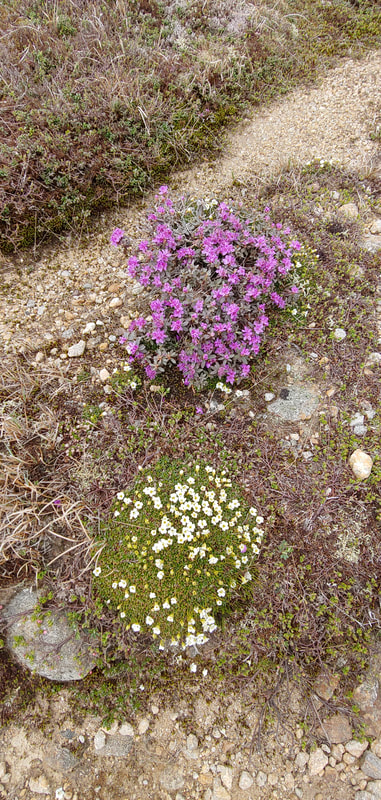
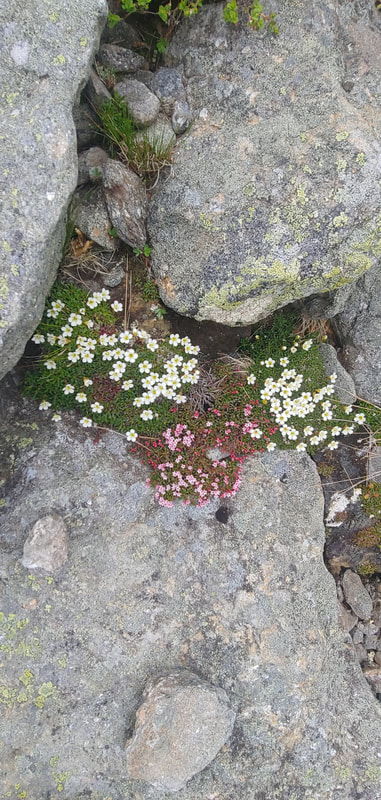
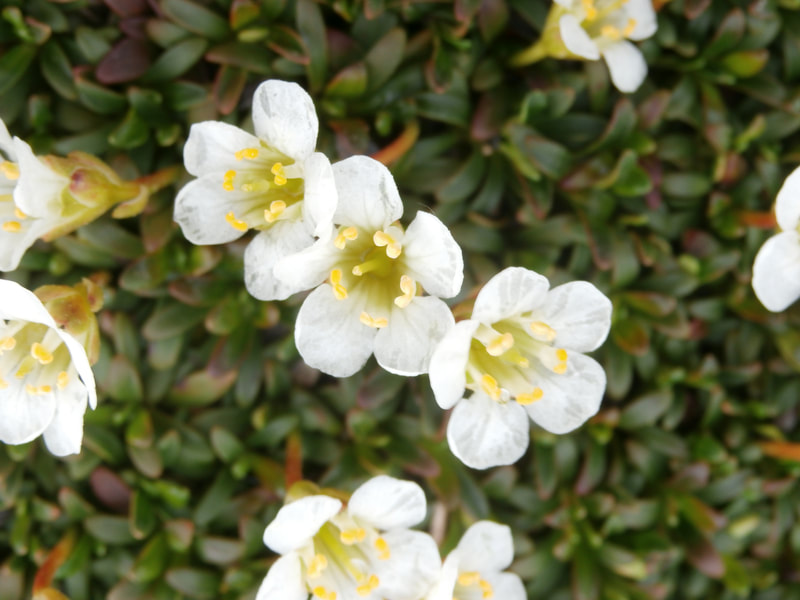
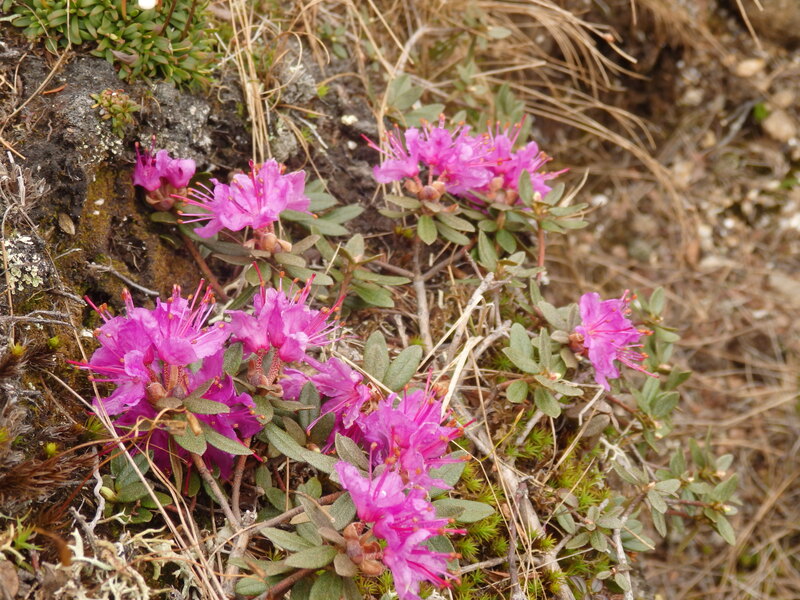
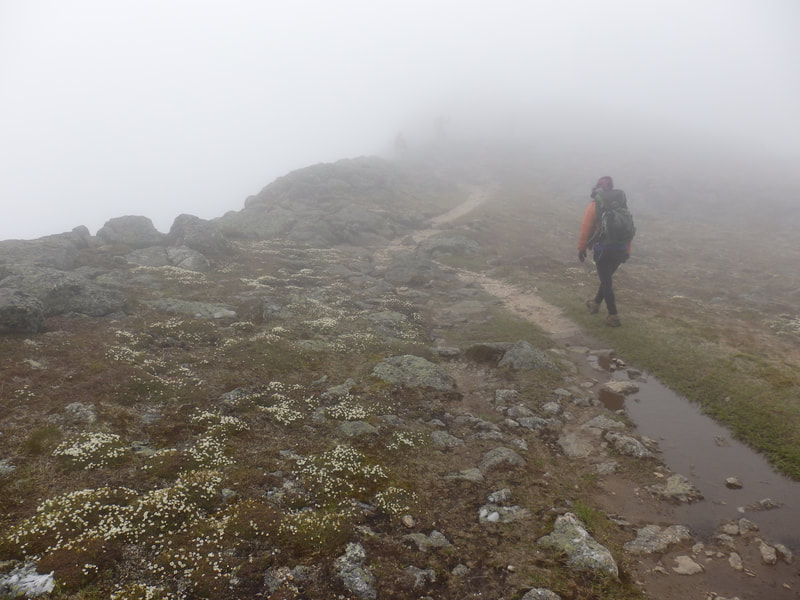
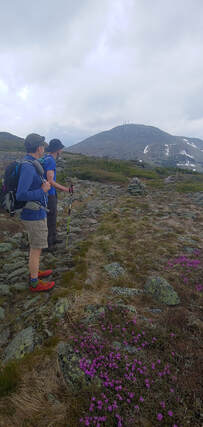
 RSS Feed
RSS Feed
